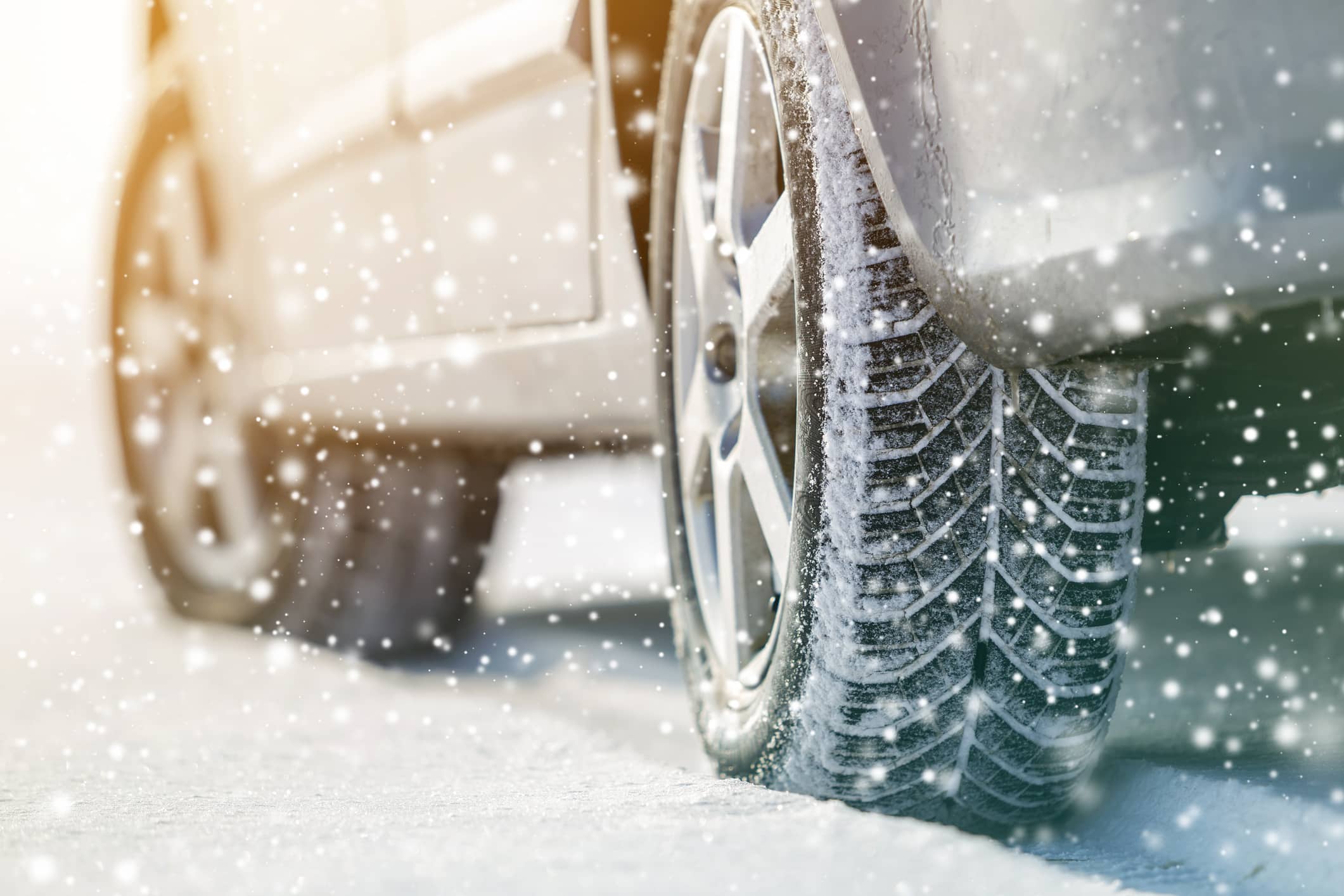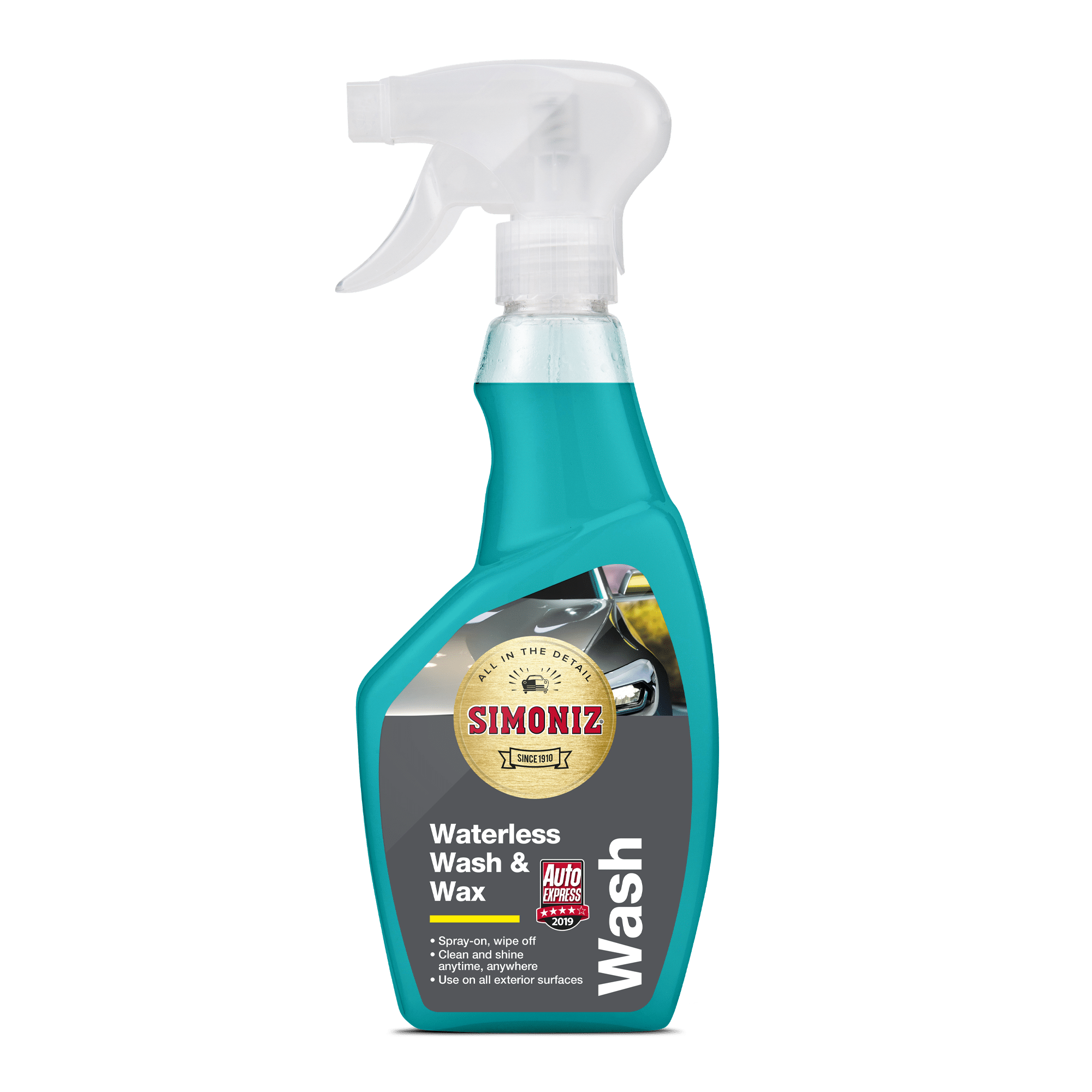Protecting your car’s precious paintwork is a year-round job, but it can be especially difficult during wintertime. Wintry weather and more traffic are a heady mix that can leave you with chips, dents, faded patches and more by the time spring comes around. If you don’t know how to protect your paintwork, it can suffer quite a bit at this time of year as it battles against snow, ice, wet weather and road debris.
So what should you be doing to look after your paintwork and make sure it still looks its best? Regardless of what winter throws your way, allow us to share our car paint protection tips in this guide.
Does Cold Weather Damage Car Paint?
The colder temperatures we often experience during winter won’t necessarily damage car paint on their own. However, the wintry conditions we experience as a result of plummeting temperatures can cause a few paintwork problems – some more obvious than others.
Starting with the obvious issues, snow and ice often need to be removed from the car’s surface before you can get behind the wheel and start driving on a wintry day. Without the correct technique or tools for removing the snow and ice, you could end up damaging the car’s paintwork. Even leaving snow and ice on the car’s surface can cause damage in some cases.
But when the cold weather comes biting at the start of winter, it’s also likely that wet leaves will start falling onto your car. And while you might not think it, these can cause paintwork problems if they’re left on the car’s surface.
Excessive moisture is undoubtedly the biggest culprit of most car paint problems in winter. Luckily, there are ways you can protect your car and keep the exterior looking fresh, clean, and shining.
How to Protect Your Car’s Paintwork in Winter?
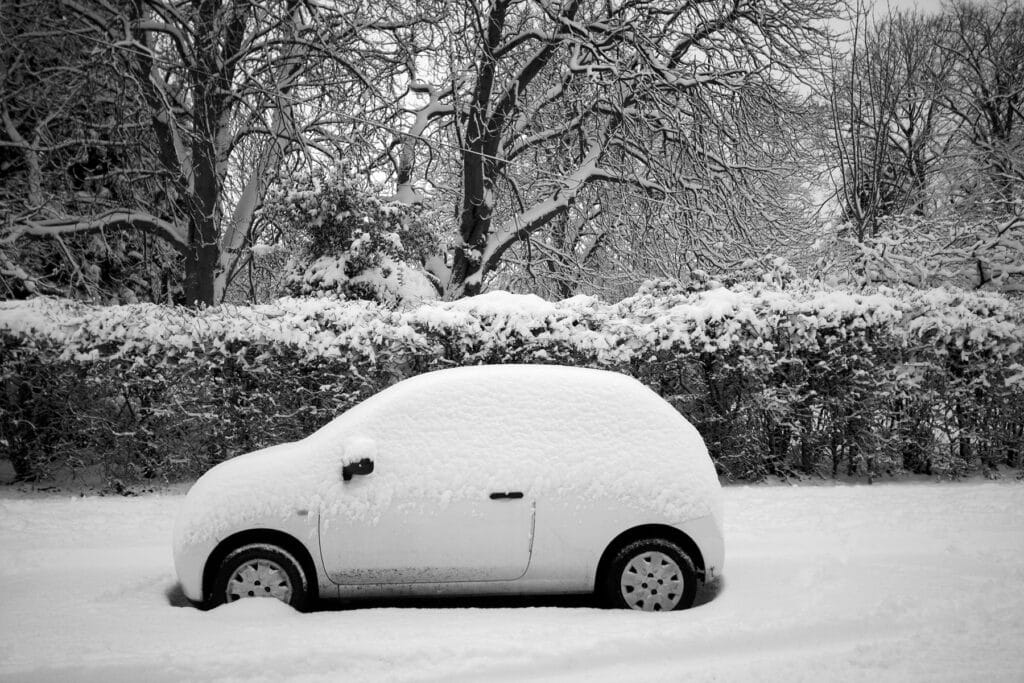
Ready to learn how to look after your car’s paint job and protect it against the elements this winter? Follow our six top tips below.
1. Regularly wash your car
If dirt and debris caused by bad weather conditions are left to sit on a car’s surface, you can often be left with faded and patchy paintwork. In some cases, these deposits can even cause corrosion – especially if car owners don’t do anything about it for a while.
The easiest way to prevent this from becoming an issue is to regularly wash your car in winter. Of course, you’ll need to get this done in between rain and snow spells on a dry day which is easier said than done. But a good wash before the worst of the weather appears will ensure dirt and debris aren’t left for long periods on your paintwork and will keep potential issues at bay. It can also be a good opportunity to inspect your paintwork for any underlying issues, which we’ll get into in the next step.
To wash your car, rinse it down thoroughly first before mixing warm water and car shampoo in a large bucket. Then you can grab a clean sponge and start working your way over the car’s exterior, from top to bottom. Always clean the wheels last because these are usually the dirtiest parts of a car before rinsing everything completely.
2. Fix any underlying paintwork issues
If you already have chips, dents or scratches in your paintwork, these should be fixed well before winter. Why? The excess moisture from snow, ice and rain can sit on the car’s surface and seep under the paintwork wherever there are underlying issues. This can cause paintwork to flake and chip further, while also putting the metal surface at risk of corrosion.
Whether you fix the issues yourself or have your car taken care of by a professional, it’s crucial to stay on top of your paintwork maintenance.
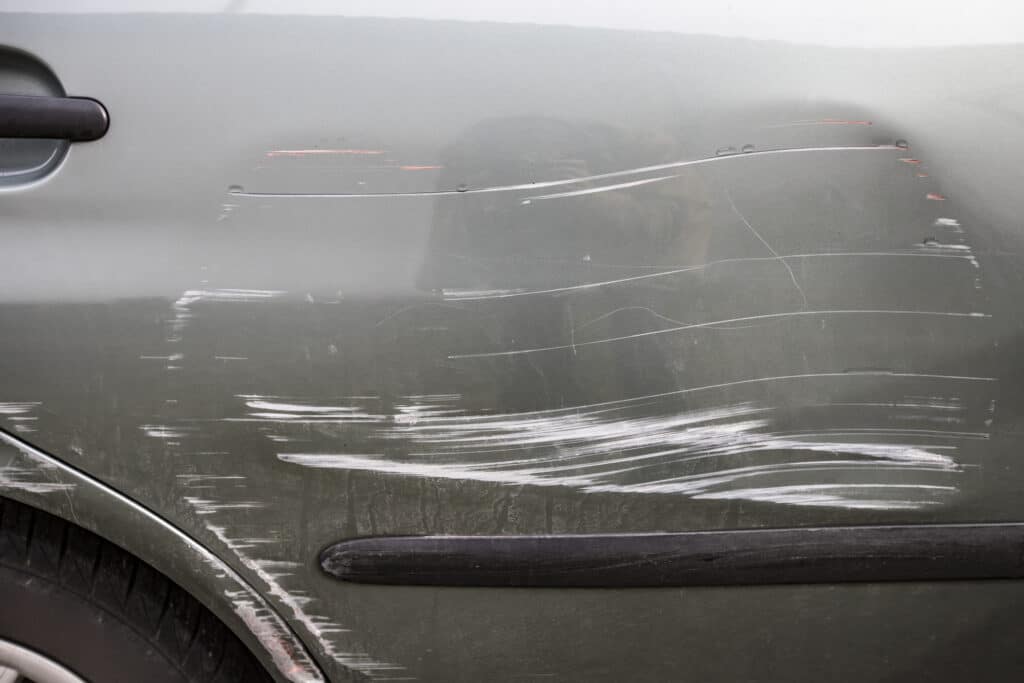
3. Apply wax
As a best practice, you should be applying wax to your car at least twice a year – once in spring ahead of summer and again in autumn before the wintry weather makes its first appearance. This will provide a layer of protection against whatever winter throws at your car and keep it looking clean, shiny and scratch-free for longer.
We recommend applying a hard car wax like Simoniz Original Wax after washing your car’s exterior because it offers the best protection for car paintwork. Remember to work the wax into small sections at a time and buff it to a high shine for the best results.
4. Drive carefully
Believe it or not, your driving style can end up affecting your paintwork throughout winter. Grit, dirt, snow and other debris on the roads are more likely to be picked up by your tyre treads and displaced onto your paintwork at this time of year, and although you can’t prevent this without keeping your car parked up for the duration of winter, it’s possible to reduce the risk to your paintwork by driving carefully.
The simple solution is to keep a safe distance away from other vehicles on the road. The closer you drive to other cars, the more likely it is that grit, dirt and other debris will come up from the road and stick to your paint. So by allowing more space between you and other vehicles, the less of an issue this should be. Plus, you’ll be more aware of your braking distance and can better anticipate what other drivers will do, which is always a bonus.
5. Cover the car’s surface
One of the simplest ways to protect your car’s paintwork from the elements is to cover it when the car isn’t in use. Whether you store your car in a garage or purchase a car cover, It’s better to shelter your car away from snow and ice because this will prevent it from coming into contact with the car’s surface for extended periods. Therefore, it’ll be much easier to avoid paintwork issues as a result of excess moisture or harsh snow and ice removal techniques.
6. Remove snow carefully
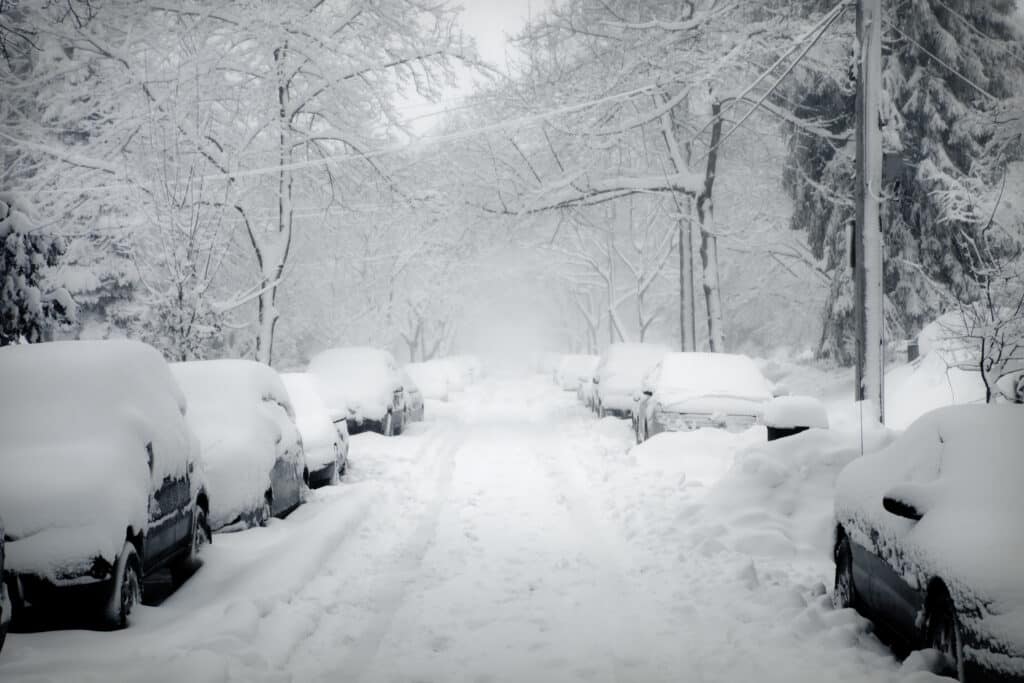
Being too harsh when trying to clear snow from your car before setting off can cause chips, dents and scratches to form in your paintwork. To avoid this, you’ll need to use something that’s not harsh enough to cause damage, while still being able to efficiently clear the snow and ice from the car’s surface.
A soft brush or broom is usually best since they’re big enough to clear large areas of snow and ice quickly without being too harsh on your paintwork. It’s still important to be careful with this process since you can end up leaving marks on the paintwork if you’re too heavy-handed with the brush.
The main thing to remember is that you shouldn’t be using hard plastic scrapers to clear snow and ice from your paintwork. It can be tempting to reach for these because they’re quick and easy to use, but the scratches and marks they typically leave behind aren’t worth the extra few minutes you’ll save.
Protect your car’s paintwork throughout winter with our handy tips, and maintain a high-quality finish that lasts for years to come. For more car maintenance tips and advice, head to our blog.
